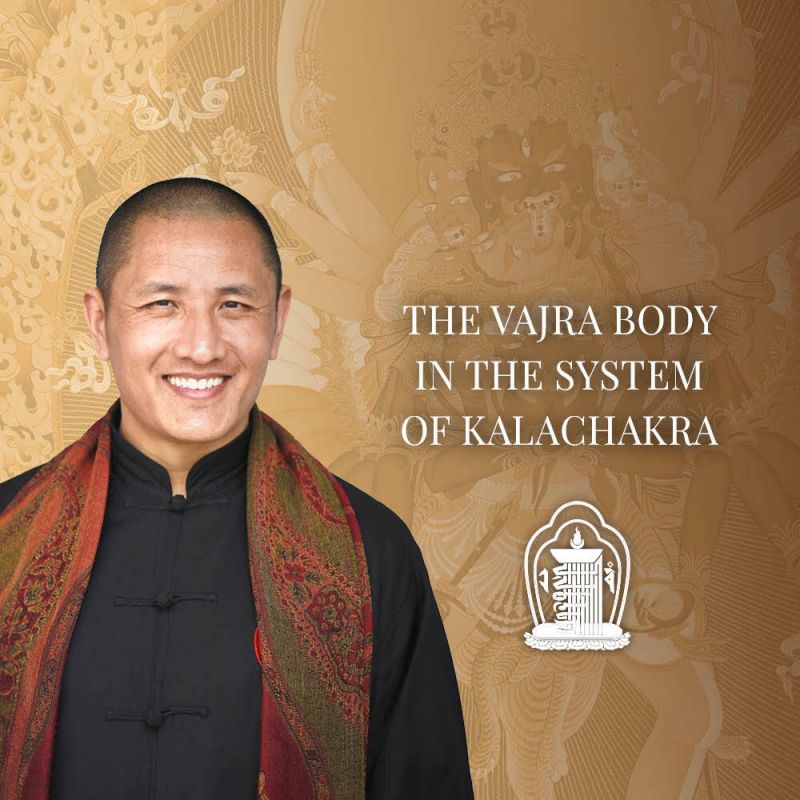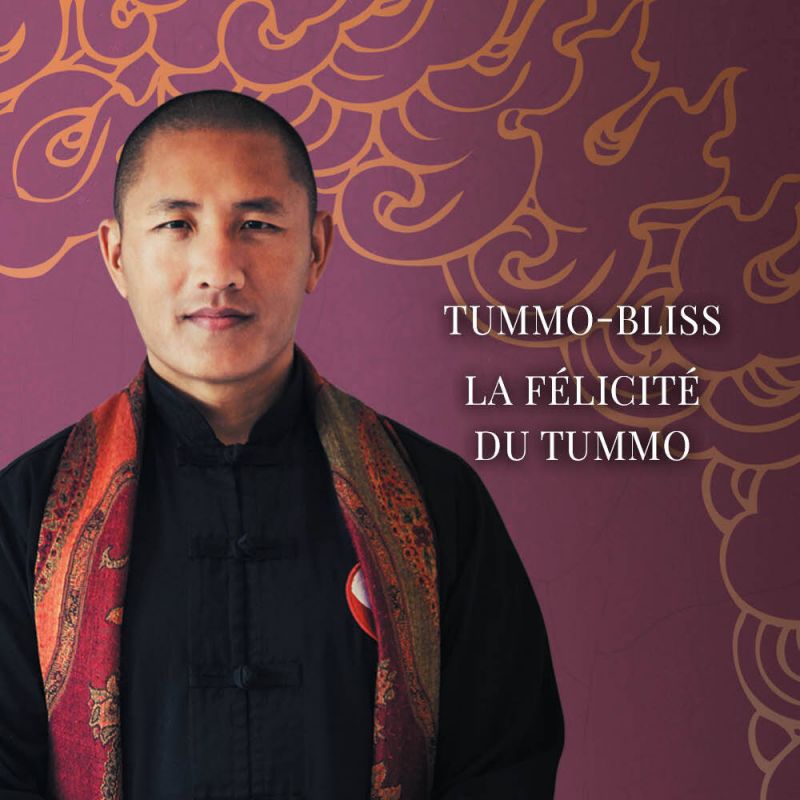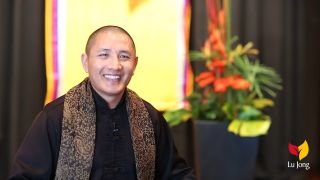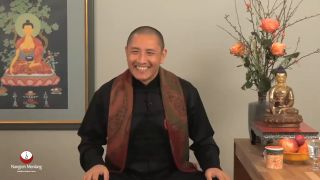International Gang Gyok Day - Run for the Future of the World!
On Saturday, June 27, 2015, Tulku Lobsang Rinpoche will lead 500 runners through the streets of Dharamsala, India demonstrating his GANG GYOK - Tibetan Running Technique. People all over the world will be joining this auspicious event by making their own Gang Gyok for the World events.
Join Rinpoche and thousands of people across the world as we spread Health and Happiness. It's so easy! Just make your own Gang Gyok run on Saturday June 27, 2015! Run or walk in your cities, your parks, or in the center of your town!
We Run as One to create better health and happiness!
We Run as One to create a better future for the world!
How to Gang Gyok:
This special Tibetan technique can be used with walking or running.
- Hold your hands in vajra fist (middle and ring finger bent, thumb pressing against the fingernails, pinky and index finger extended like bull horns).
- Bend your arms slightly. Keep them loose and a little away from the body.
Bend your spine forward slightly – keep it loose and not completely straight. - Special Breathing Technique:
- Take one breath in through the mouth while making a whispering sound.
- Gently push the breath down the body to four fingers below the navel and HOLD IT. (Imagine you are pushing the breath down about 70%, while simultaneously pulling up or engaging your pelvic floor 30%). - Start running (or walking):
- While holding this breath, run or walk 21 steps using your full power. Engage all your muscles.
- Then, breathe out, slow down and relax the muscles and body. - Continue running (or walking):
- Run or walk in your own rhythm.
- Always keep 10% of your breath below your navel (or, don't exhale 100%). Keep breathing through the nose, slow and steady.
- Always reserve some part of your energy.
- Look forward towards the horizon. Do not focus your eyes on any objects.
- Focus your inner mind on the point four fingers below your navel.
- The mind should not be thinking anything.
After the practice:
Do a short and simple meditation to focus the mind. For example, a single-pointed mind meditation that focuses on a single object, like a rock or a leaf.


























